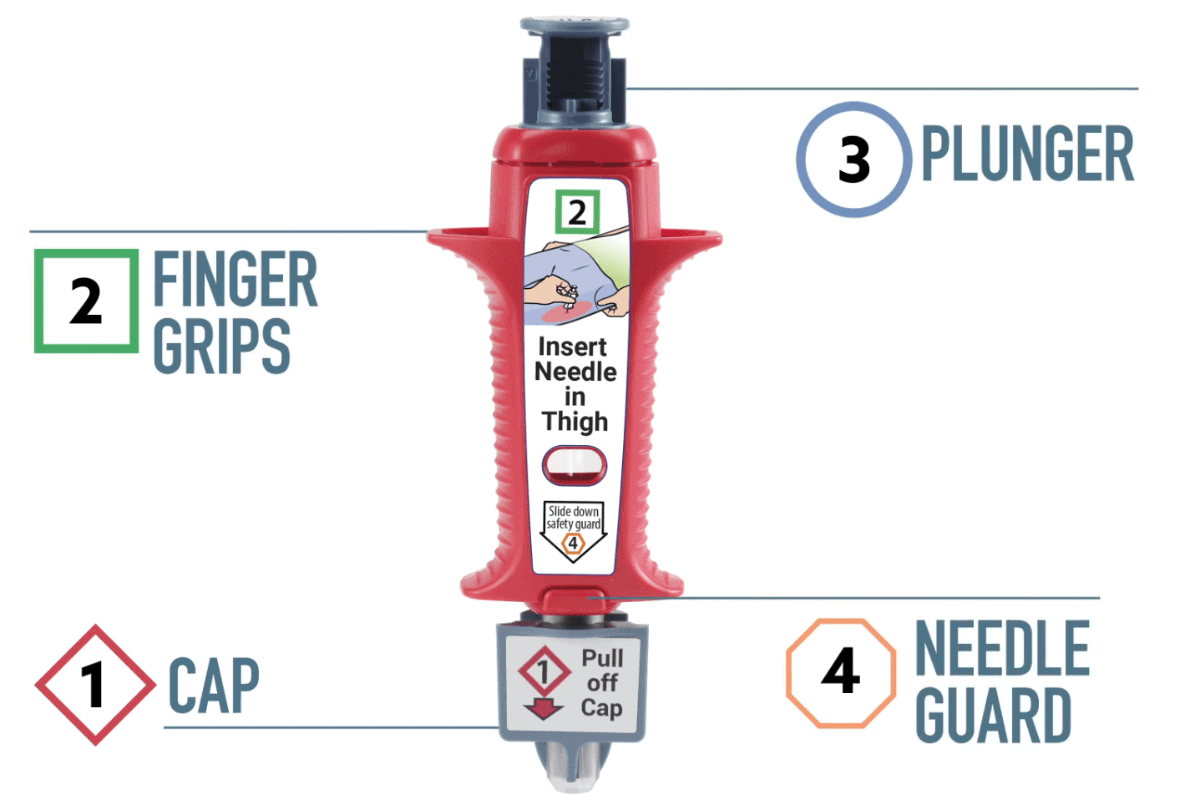Opioid overdoses are responsible for over 40,000 deaths per year in the United States alone as the opioid epidemic becomes more critical. The opioid-blocking medication Narcan has been around for a while and is considered the go-to for those experiencing an opiate overdose. However, two brand-new drugs have recently been approved by the FDA and have hit pharmacy shelves, called Kloxxado and ZIMHI. Kloxxado and ZIMHI may change how first responders and concerned citizens react to suspected opiate overdoses.
Naloxone and its Variations
Narcan, the brand name of the medication naloxone, has been around since the 1960s and is the industry-leading drug for quick-acting response to opiate overdose. It comes in both nasal and injectable forms and can stop the harmful effects of opiates in minutes. One of its primary benefits is that it will not harm someone who is not overdosing, meaning it is a better-safe-than-sorry option if someone is suspected of overdosing. Narcan also has no addiction or overdose potential and can even be used on pregnant women.
Naloxone is effective for overdoses of:
- Morphine
- Heroin
- Fentanyl
- Clonidine
- Opioid synthetics
- Other prescription opiates
According to the CDC, over 26,000 overdoses have been reversed using naloxone between 1996 and 2014 alone. Narcan is widely available, even without a prescription, in almost every state and
The introduction of Kloxxado Nasal Spray and ZIMHI Injectable Narcan
As the landscape of addiction and substance abuse changes, the medical industry has had to adapt. Fentanyl, an opiate that is 100 times stronger than morphine and 50 times more potent than heroin, has exploded in abuse around the United States.
Fentanyl is one of the most abused drugs in the United States. It accounts for almost 60% of opioid deaths, a considerable increase from 2010 when it made up only 14.3% of opioid overdoses. While pharmaceutical-grade Fentanyl does have legitimate pain management and anesthetic uses in healthcare settings, it is perilous when abused or misused. Additionally, the Fentanyl often associated with abuse and overdose is a synthetic variant manufactured illegally and without oversight.
That’s where Kloxxado comes in. Kloxxado is a much more potent form of naloxone intended to handle a much more powerful opiate, like Fentanyl. While the 2-milligram and 4-milligram dose Narcan was largely effective for heroin or morphine overdoses, it has been less effective against the much stronger, more potent synthetic opioids.
Multiple doses of Narcan are often required to reverse opioid doses caused by exceptionally potent opiates and synthetic opiates, like Fentanyl. In fact, over a third of overdoses require a second Narcan dose administration. Because naloxone is not effective when there are no opioids in the system, there is no functional reason not to use Kloxxado if an overdose is suspected.
Warning signs that someone has overdosed on opiates include:
- “Pinpoint pupils,” or tiny pupils
- Slow, shallow breathing
- Unconscious and non-responsive
- Pale and clammy skin
- Vomiting
- Blue or purple lips or fingernails
How is Kloxxado different than traditional Narcan?
Kloxxado and Narcan are the same products at different doses; both are naloxone medications. Kloxxado, like Narcan, is a nasal spray that can be administered to someone suspected of experiencing an opiate overdose, even if that person is unconscious.
The FDA has also recently approved another high dosage naloxone medication, ZIMHI. Unlike Kloxxado, this new medication is an injectable medication, not an inhalant. At 5 milligrams of naloxone per dose, ZIMHI is the highest-concentration injectable opioid blocker on the market.
Emergency services should be called regardless of which form of naloxone is administered. Sometimes the naloxone can wear off before the opiates are entirely out of the system, causing the individual to overdose again after the naloxone wears off. Narcan and Kloxxado are not a replacement for medical intervention, and a regain of consciousness does not mean that the person is not still at risk.
Resources
The opioid crisis is an unparalleled public health emergency. While addiction recovery professionals, communities, and policymakers are working to address the destructive opioid crisis, life-saving drugs like naloxone prevent unnecessary overdoses from opiates. Klaxxado and ZIMHI can be obtained from local pharmacies with a doctor’s prescription.



Leave A Comment
You must be logged in to post a comment.